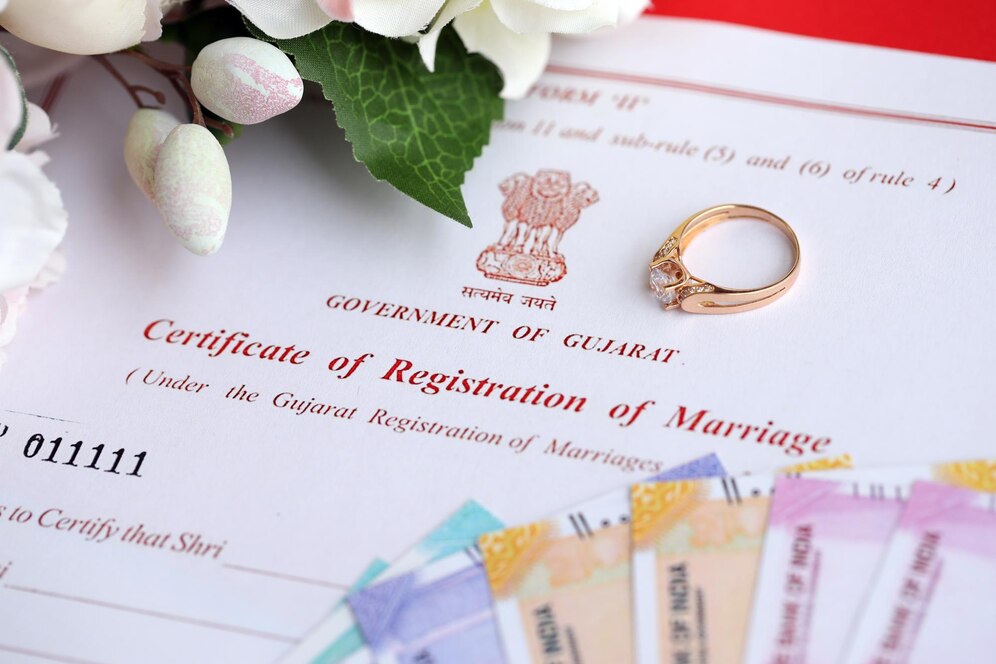A Legal Heir Certificate is an essential document that establishes the rightful heirs of a deceased person. It is often required for claiming inheritance, transferring property, and accessing financial assets left behind by the deceased. This document ensures a smooth transition of ownership and prevents legal disputes among family members. In this article, we will explore its importance, the application process, and the required documents.
Importance of a Legal Heir Certificate
A Legal Heir Certificate is crucial for various legal and financial purposes. It helps heirs establish their claim over the deceased person’s movable and immovable assets. The certificate is required for transferring property titles, claiming insurance, withdrawing bank deposits, and even obtaining family pensions. Without it, legal heirs may face unnecessary delays and complications in accessing their rightful inheritance. Additionally, in case of employment-related benefits, government dues, or compensations, this certificate acts as valid proof of succession.
Who Can Apply for a Legal Heir Certificate?
A Legal Heir Certificate can be applied for by the immediate family members of the deceased. This typically includes:
- Spouse (Wife/Husband)
- Children (Son/Daughter, including adopted children)
- Parents (Mother/Father)
- Siblings (In some cases, if the deceased was unmarried)
The certificate is usually granted to the next of kin, ensuring that only legitimate heirs can claim the deceased person’s assets.
Process to Apply for a Legal Heir Certificate
The procedure for obtaining a Legal Heir Certificate varies slightly across states, but the general process includes the following steps:
- Visit the Appropriate Authority: The application must be submitted to the Tehsildar’s office, the local revenue department, or the municipal authority in the jurisdiction where the deceased resided.
- Submit the Application Form: The applicant must fill out the prescribed application form with accurate details about the deceased and the legal heirs.
- Attach Required Documents: The form must be accompanied by essential documents such as the death certificate, proof of relationship, and identity proofs.
- Verification Process: The authorities will verify the submitted documents, and in some cases, a local revenue officer may conduct an inquiry to confirm the legitimacy of the claim.
- Issuance of Certificate: Once the verification is completed, the Legal Heir Certificate is issued. The process may take a few weeks, depending on the concerned department.
Documents Required for Legal Heir Certificate
To obtain a Legal Heir Certificate, applicants must provide the following documents:
- Death Certificate of the Deceased (Mandatory)
- Proof of Relationship with the Deceased (Birth Certificate, Marriage Certificate, or Family Register Copy)
- Address Proof of the Applicant (Aadhar Card, Voter ID, Ration Card)
- Identity Proof of Legal Heirs (PAN Card, Passport, Aadhar Card)
- Affidavit or Self-Declaration (if required)
- Any Other Supporting Documents as Requested by the Authority
Timeframe & Fees for Legal Heir Certificate
The time required for processing a Legal Heir Certificate generally ranges from 15 to 30 days, depending on the state government’s procedures. Some states offer an expedited service for an additional fee. The application fee is nominal, but applicants may need to pay additional service charges if they seek legal assistance.
Difference Between Legal Heir Certificate & Succession Certificate
Many people confuse a Legal Heir Certificate with a Succession Certificate. While both are used for inheritance-related matters, a Succession Certificate is issued by a civil court and is required for claiming debts and securities of the deceased. A Legal Heir Certificate, on the other hand, is issued by the revenue authorities and is primarily used for property and pension-related claims.
Conclusion
A Legal Heir Certificate is an important legal document that ensures the rightful transfer of a deceased person’s assets to their family members. Applying for it at the earliest can prevent disputes and delays in accessing inheritance benefits. Understanding the application process and gathering the necessary documents in advance can help streamline the procedure. If you are facing difficulties, consulting a legal expert can make the process smoother and more efficient.






